Tomato Flu keeps spreading in India 2022: What Is It and What Do You Need to Know?
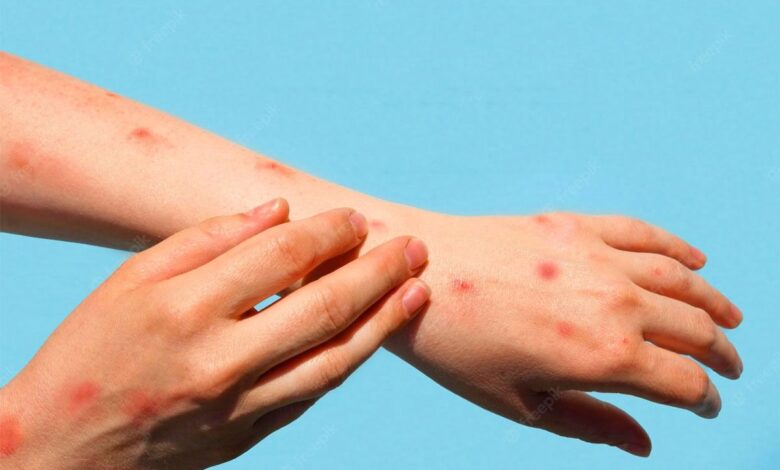
Tomato Flu keeps spreading in India 2022: What Is It and What Do You Need to Know?
In India, a new virus known by the name Tomato flu or Tomato fever is spreading and generating several symptoms comparable to COVID-19, such as fever, exhaustion, and body aches.
The name of the virus comes from a distinctive sign absent from COVID: itchy, bright red lesions that spread throughout the body and can eventually enlarge to the diameter of a tomato. Although the virus is uncommon since the first incidence was found on May 6th in the state of Kerala, at least 20 – 25 cases have been identified in India.
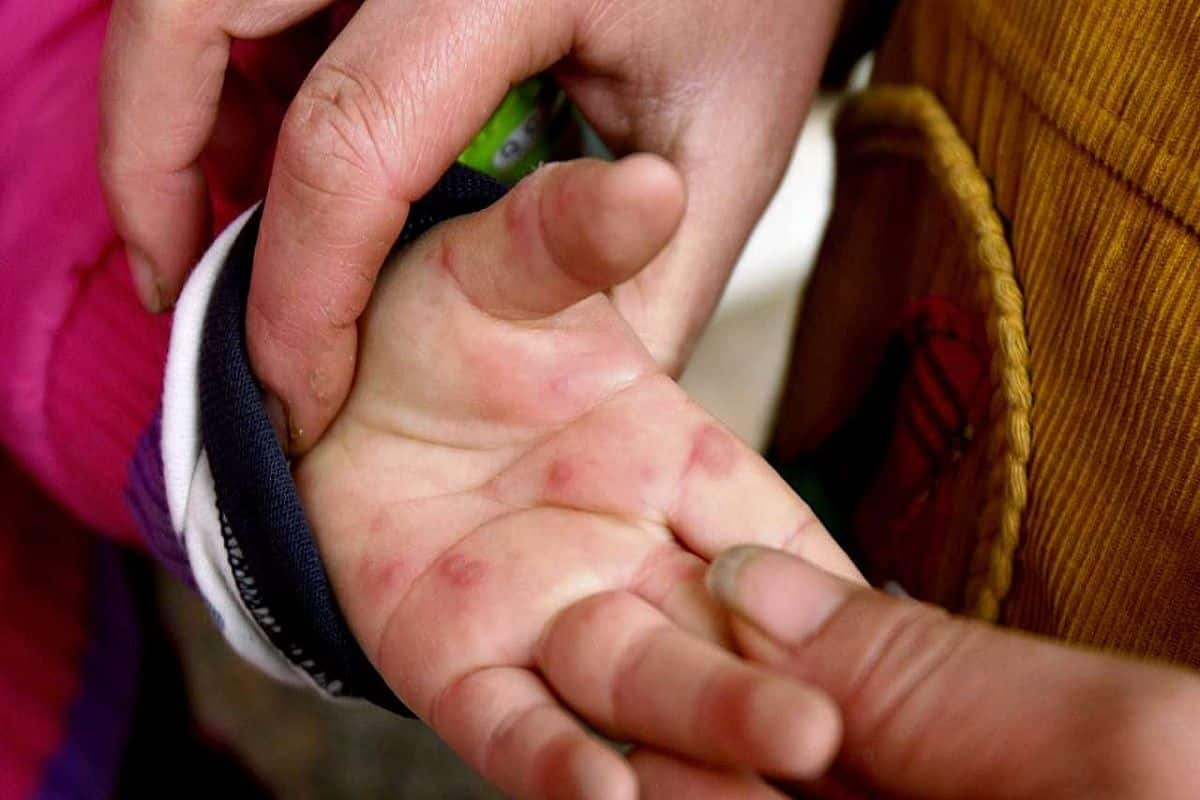
The Lancet research states that there has been no mortality associated with tomato flu to date. Researchers and public health authorities are still looking into the recent wave of cases, which included 82 instances recorded in children under the age of five in neighbourhood hospitals in Kerala and an estimated 25 cases in children between the ages of one and nine in Tamil Nadu, a neighbouring state.
According to the study, scientists are still looking into the origin of this sickness, which has traits in common with several other more widespread pediatric illnesses.
According to Vivek Chavda and colleagues from the L.M. Pharmacy College in Gujarat, India, “tomato flu could be an end of chikungunya or dengue in children rather than infectious agents,” they reported in the Lancet.

The virus may also be a new strain of the infectious hand, foot, and mouth, primarily affecting children and adults with impaired immune systems between the ages of 1 and 5. After ruling out other possible sources of the sickness, the patients in India are being identified.
This is because, similar to many other viral diseases, such as influenza, children with tomato fever may suffer exhaustion, nausea, vomiting, diarrhoea, fever, thirst, swelling of the joints, and body aches.
Dengue, a mosquito-borne infection harmful to newborns and pregnant women, can cause all these symptoms. Like chikungunya, another virus spread by mosquitoes, the symptoms of tomato flu can include high fever, rash, and excruciating joint pain.
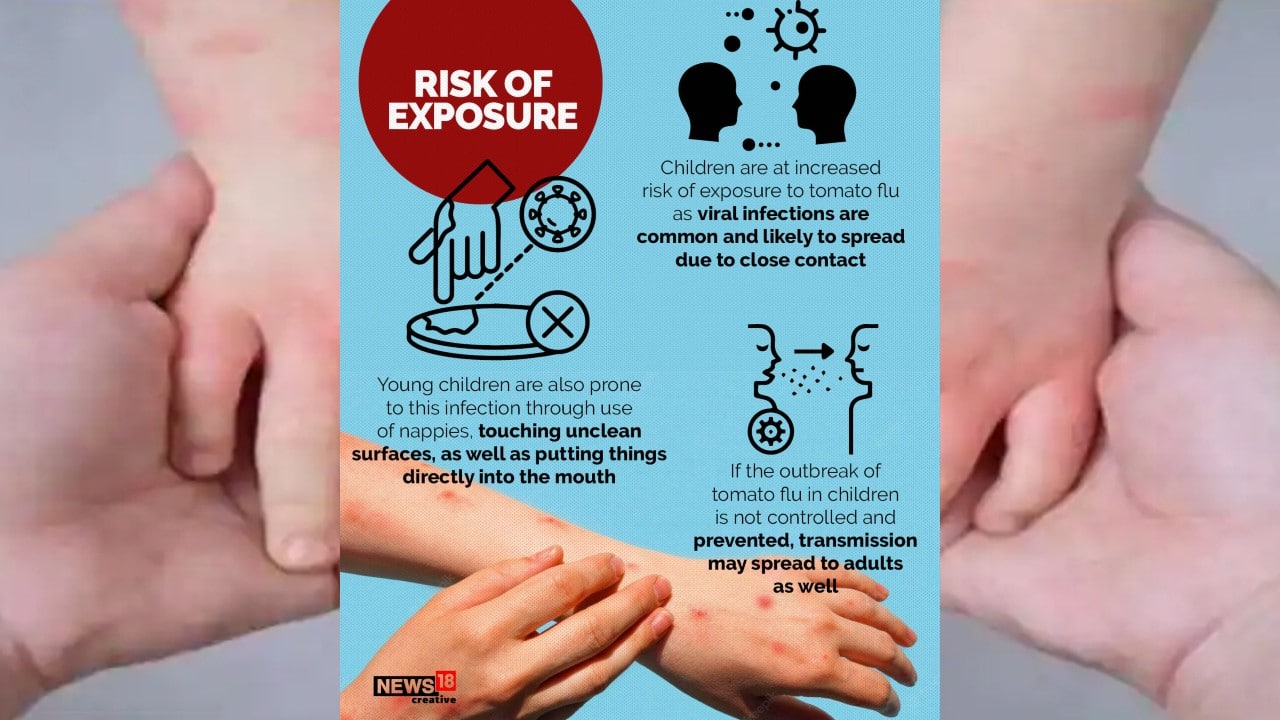
According to the Lancet, the recommended course of treatment is identical to the one that is given to small children with dengue and chikungunya: plenty of fluids, relaxation, and heated water sponges baths to soothe itchy rashes. Additionally, fever-reducing drugs like acetaminophen or ibuprofen may be administered to children.
The suggested isolation duration is between five and seven days due to the high contagiousness of tomato flu. Other measures to stop the virus’s transmission include washing your hands frequently and avoiding sharing toys, food, or clothing with sick people.
According to the Lancet, the virus can also spread when people come into contact with dirty diapers or unclean surfaces or when kids put contaminated objects in their mouths.
What exactly is Tomato flu?
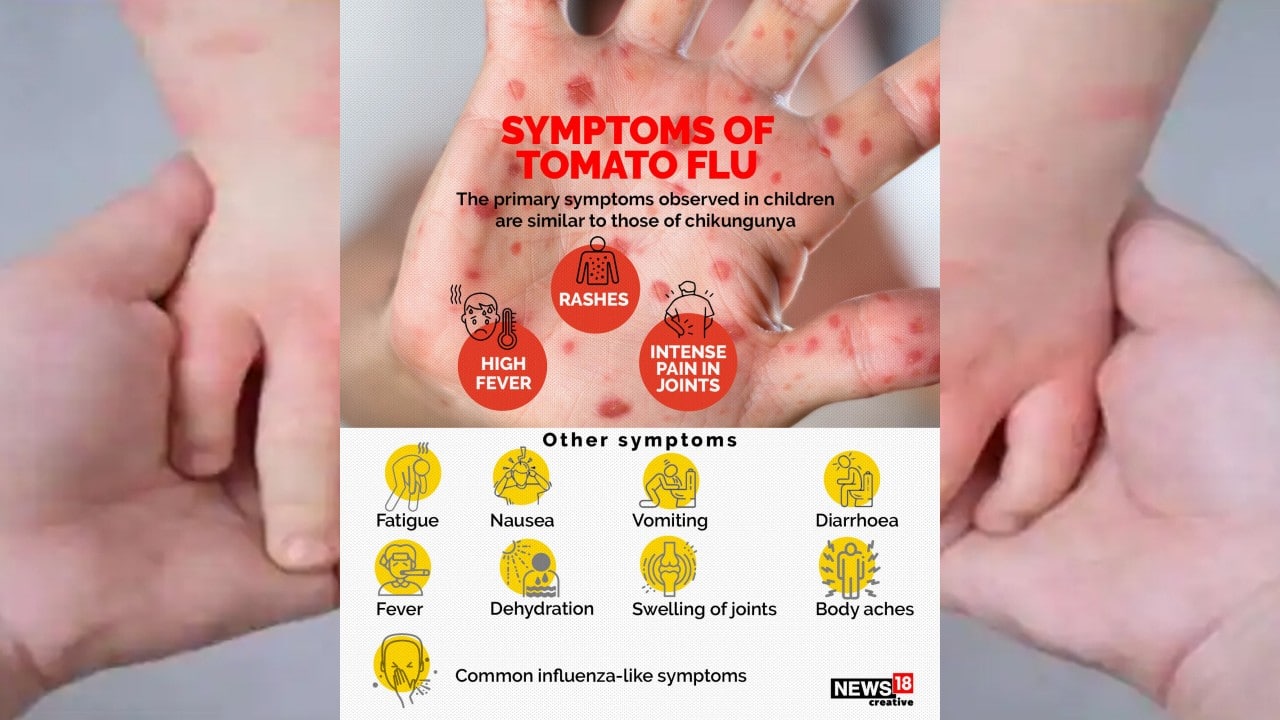
Fever, joint discomfort, and red, tomato-like rashes are the hallmarks of tomato flu or fever, which typically affects children under five. Along with this, viral fever can also cause diarrhoea, dehydration, nausea, vomiting, and exhaustion.
This was believed to be a side effect of the frequent Keralan diseases, dengue, and chikungunya. But, according to current studies, sufficient quantities like Coxsackievirus A-6 and A-16 cause HFMD.
Tomato flu may not be a viral infection in children but rather a complication of dengue or chikungunya fever. According to a recent letter published in The Lancet, it could be a new strain of the virus hand, foot, and mouth, a prevalent infectious disease that primarily affects infants and adults with impaired immune systems.
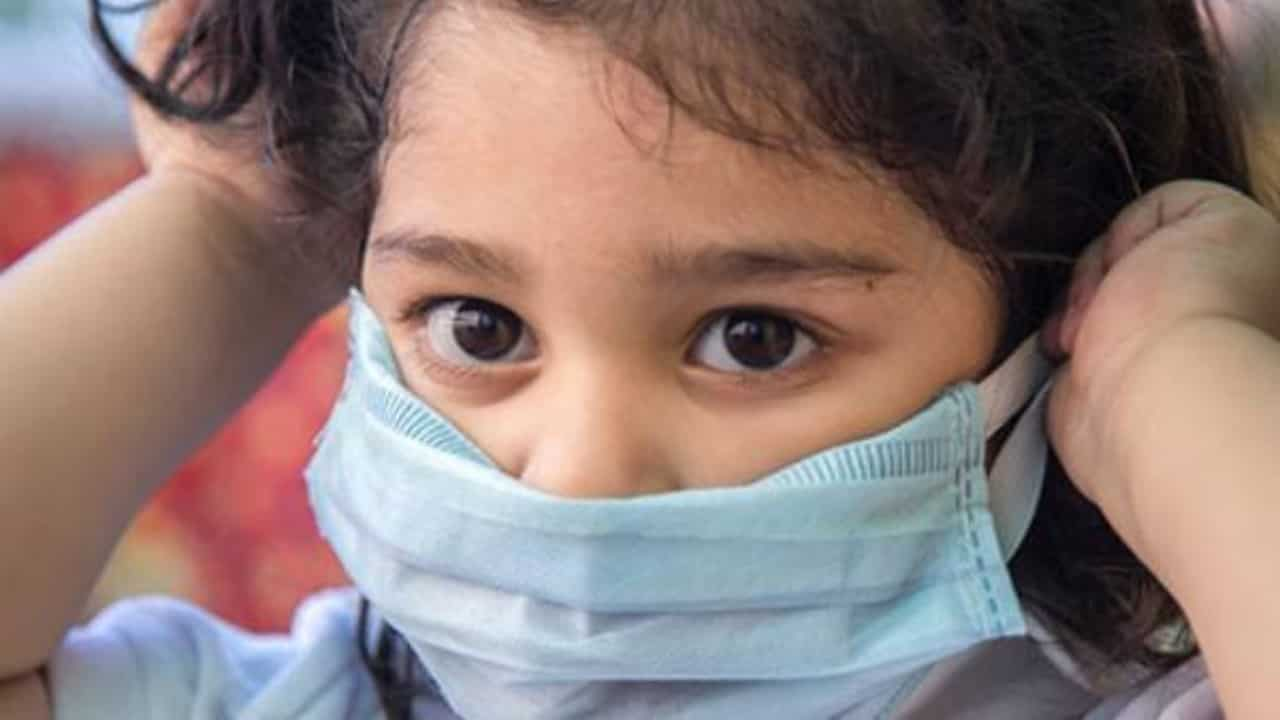
Director of Virology at the Department of Hepatic and Biliary Science, Dr. Ekta Gupta, stated that HFMD was not a brand-new infection because we had previously read about it in textbooks. Occasionally, it is reported across the nation, but it is not very frequent.
What is causing the Tomato flu virus to grow right now?
“Perhaps there is greater attention on the illness since more instances are being recorded this year,” suggested Dr. Gupta. “This could be because there are genuinely more cases, or it could be because we are much more attentive about virus infection and screening after Covid-19.”
She clarified that because the illness is self-limiting, doctors rarely perform tests to look for it. “Children can contract a variety of viral diseases, but we are unable to test for every single one of them, nor is it necessary to do so.

However, due to an increase in viral infection testing over the past five years and the establishment of virology labs across the nation, we are currently experiencing an increase in viral infections. And the epidemic has given such surveillance much more momentum.”
According to Dr. Gupta, such surveillance is not necessary for people even though it is a valuable tool for keeping a close eye out for viruses spreading throughout the community. For instance, HFMD can be quickly identified by looking at the symptoms, particularly the red rashes.
The reopening of schools is another argument offered by Dr. Asawathyraj, a scientist at the Institute of Advanced Virology who has been studying the epidemic.
What pathogen is currently causing it? What differences can be seen in the clinical presentation?

The majority of the present HFMD cases, according to Dr. Asawathyraj, who has studied the infection and characterized the virus from Kerala, are brought on by Coxsackievirus A-6 and A-16. She claims that Enterovirus71, a different pathogen that produces the sickness, is not very common.
This is advantageous because the virus was known to cause deadly encephalitis and other severe neurologic symptoms (brain inflammation). “The disease is self-limiting in 99.9% of cases or nearly all cases. However, it can occasionally result in CNS (central nervous system issues), according to Dr. Asawathyraj.
Do we have a remedy for Tomato flu?
She continued by pointing out that the disease’s current appearance is also unusual. The lips (gums, tongue, and the inside of the face), palms, and soles were traditionally the only places where the red “tomato” rashes appeared. But today, doctors also mention nail shedding and rashes on the buttocks.
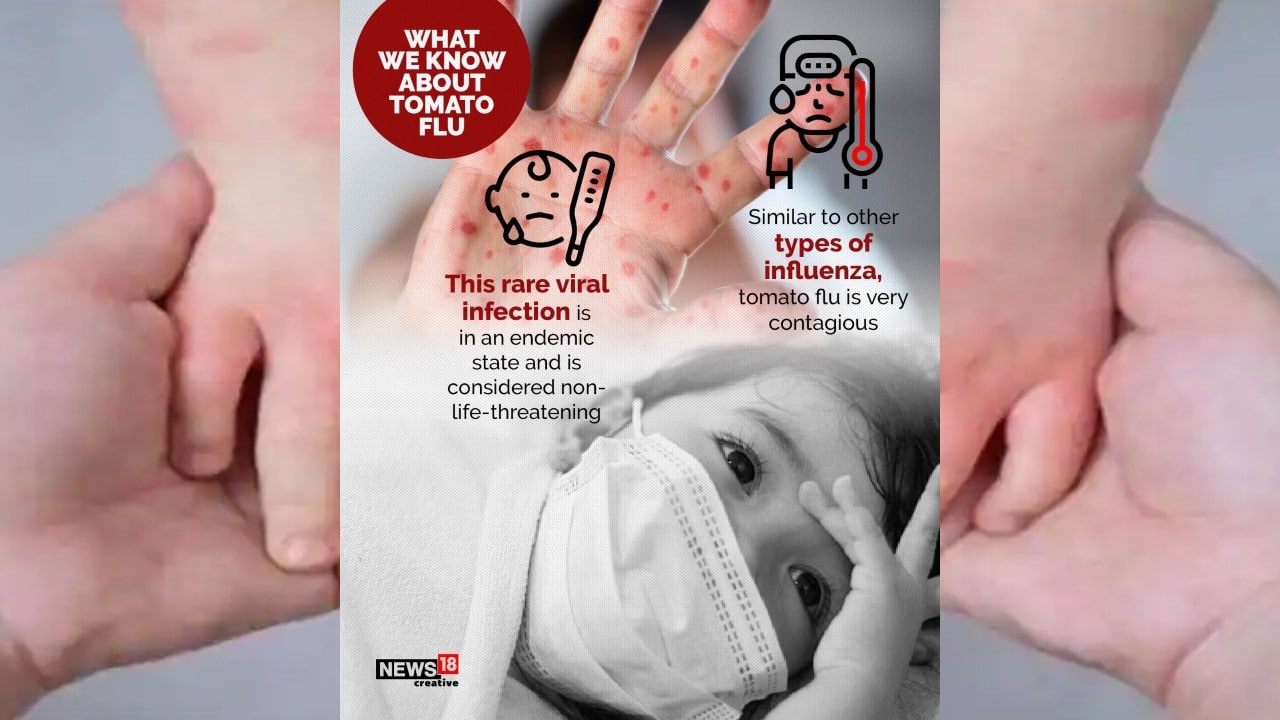
Asawathyraj responded in the affirmative when asked if the rashes may be confused with monkeypox, for which countries are on alert due to an increasing global spread.
She said that the deeper roots and broader distribution of the monkeypox rashes. The disease has no known treatment or cure, and no vaccine exists to prevent it. Symptomatic treatment is given to those with the infection, such as administering paracetamol for heat.
How might Tomato flu be stopped?
The Centre’s guidance to states, released on Tuesday, focuses on prevention in these age groups because it primarily affects children. According to the advice, anyone who exhibits symptoms of the infection should stay isolated for five to seven days.
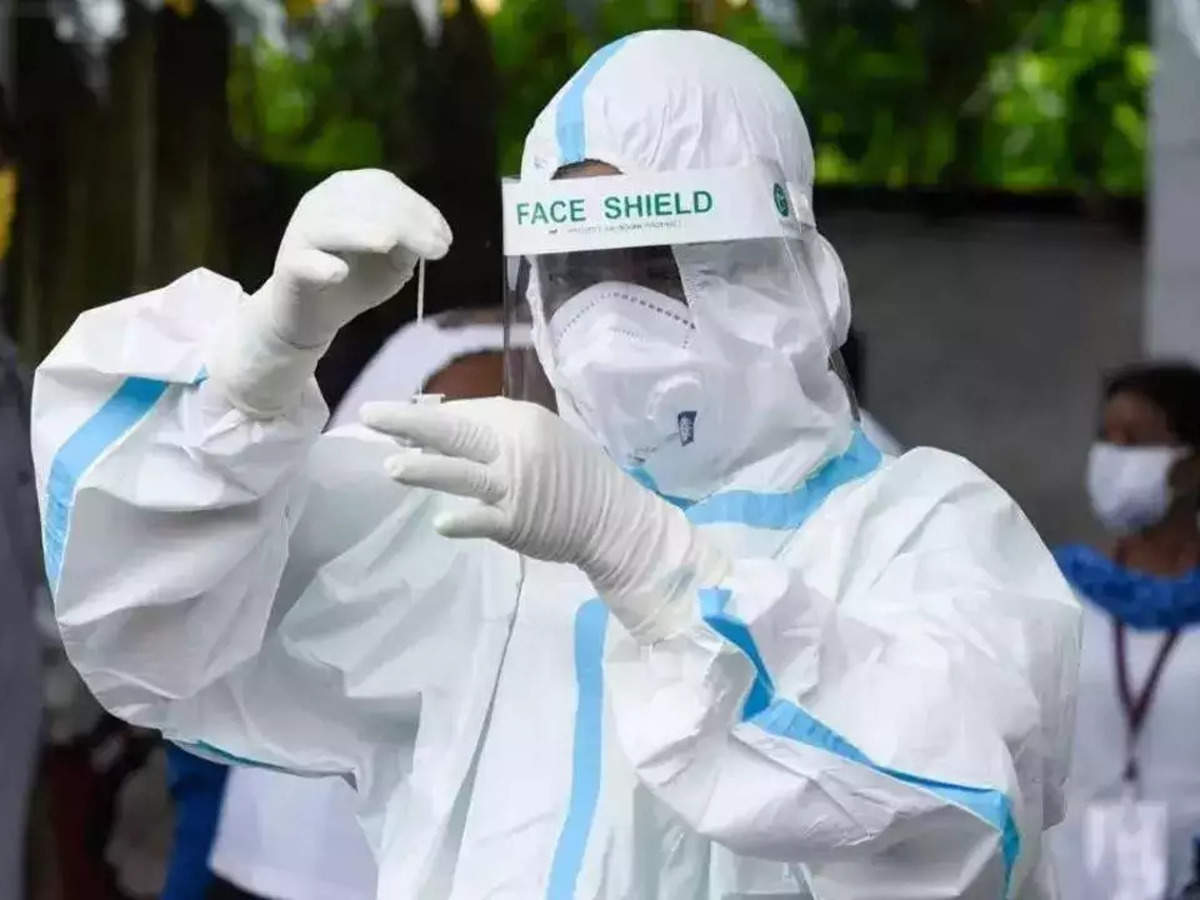
It advises that kids should be warned about the illness and told to avoid hugging or touching kids with fevers or rashes. The advisory states that children should be encouraged to maintain hygiene, stop thumb or finger sucking and use a handkerchief for a running nose.
The recommendation states that if a child exhibits complaints, they should be kept apart, their utensils, clothes, and bed must be routinely sanitized, they should be kept nourished, and the sores must be cleansed with warm water.
Additionally, it stipulates that investigations should be made to take action in the event of an outbreak. Any samples of the lung, faecal, or cerebral fluid (in cases of encephalitis or brain inflammation) must be taken in the span of 48 hours of the disease. Such time restrictions do not apply to skin scraping samples or lesions that are being biopsied.
Article proofread & published by Gauri Malhotra.




